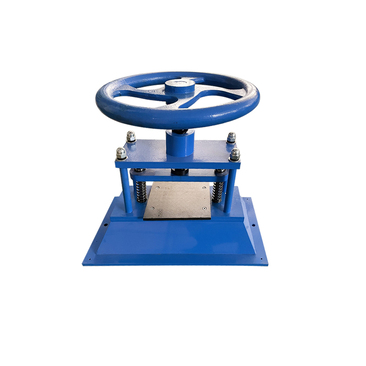Testing Equipment for Semi-Conductive Shielding Resistance in Electrical Applications and Safety Standards
The Importance of Semi-Conductive Shielding Resistance Test Equipment in Electrical Applications
As technological advancements continue to shape the future, the need for reliable electrical systems is more paramount than ever. Among various aspects of electrical engineering, the shielding of cables and equipment plays a critical role in ensuring efficient performance, safety, and signal integrity. One of the key components in assessing the effectiveness of these shielding systems is the semi-conductive shielding resistance test equipment. This article aims to explore the significance of this testing equipment, its operational principles, and its contributions to the electrical industry.
Understanding Semi-Conductive Shielding
Semi-conductive shielding refers to a layer of material used in cables and equipment to minimize electromagnetic interference (EMI) and radio frequency interference (RFI). This shielding helps to protect sensitive circuitry from surrounding electrical noise, ensuring that signals remain clear and unblemished. To achieve optimal performance, it is vital that the shielding is properly installed and exhibits appropriate resistance characteristics.
The Role of Resistance Testing
Resistance testing is essential in determining the effectiveness of the semi-conductive layer. If the resistance is too high, it can indicate poor conductivity, leading to insufficient EMI protection. Conversely, if the resistance is too low, it could suggest potential shorting issues or grounding problems. In either case, testing helps identify whether corrective measures are needed before the cables are put into service.
Features of Semi-Conductive Shielding Resistance Test Equipment
The semi-conductive shielding resistance test equipment is equipped with advanced features designed to deliver accurate and reliable results. These devices typically measure resistance in a wide range, allowing for the assessment of various cable types and configurations. Key features of such testing equipment often include
1. High Voltage Capability Many semi-conductive shielding tests require the application of high voltage to ensure that the resistance readings are accurate and reflect real-world conditions.
semi-conductive shielding resistance test equipment

3. User-friendly Interfaces Advanced equipment usually comes with intuitive interfaces that simplify the testing process, making it accessible even to operators with minimal training.
4. Portable Design Many test devices are designed to be portable, allowing for on-site testing in various environments, from manufacturing facilities to remote job sites.
Benefits of Using Semi-Conductive Shielding Resistance Test Equipment
1. Enhanced Reliability Regular testing helps ensure that shielding remains effective over time, thus enhancing the overall reliability of electrical systems.
2. Prevention of Failures Early detection of shielding issues can prevent catastrophic failures or malfunctions in critical applications, saving time and resources.
3. Compliance with Standards Many industries have specific standards regarding shielding resistance. Using the appropriate test equipment helps ensure compliance and avoid penalties.
4. Improved Performance By guaranteeing that shielding is functioning correctly, engineers can achieve optimal signal integrity, leading to improved performance of electronic systems.
Conclusion
In conclusion, semi-conductive shielding resistance test equipment is an indispensable tool in modern electrical applications. As systems become increasingly complex and susceptible to interference, the need for robust testing solutions has never been more critical. By utilizing these testing devices, engineers can ensure that their systems operate seamlessly, remain compliant with industry standards, and deliver the high performance that society demands. Ultimately, the reliability of electrical systems hinges on effective shielding, making resistance testing an essential aspect of design and maintenance.
-
The Role of Tensile Force Testers in Quality Control and Material Science
NewsAug.01,2025
-
Maintenance and Safety Tips for Aging Ovens
NewsAug.01,2025
-
Density Balance in Forensic Science
NewsAug.01,2025
-
Advanced Optical Measurement Technologies
NewsAug.01,2025
-
A Buyer’s Guide to Tensile Test Machines
NewsAug.01,2025
-
Why the Conductor Resistance Constant Temperature Measurement Machine Redefines Precision
NewsJun.20,2025
 Copyright © 2025 Hebei Fangyuan Instrument & Equipment Co.,Ltd. All Rights Reserved. Sitemap | Privacy Policy
Copyright © 2025 Hebei Fangyuan Instrument & Equipment Co.,Ltd. All Rights Reserved. Sitemap | Privacy Policy
